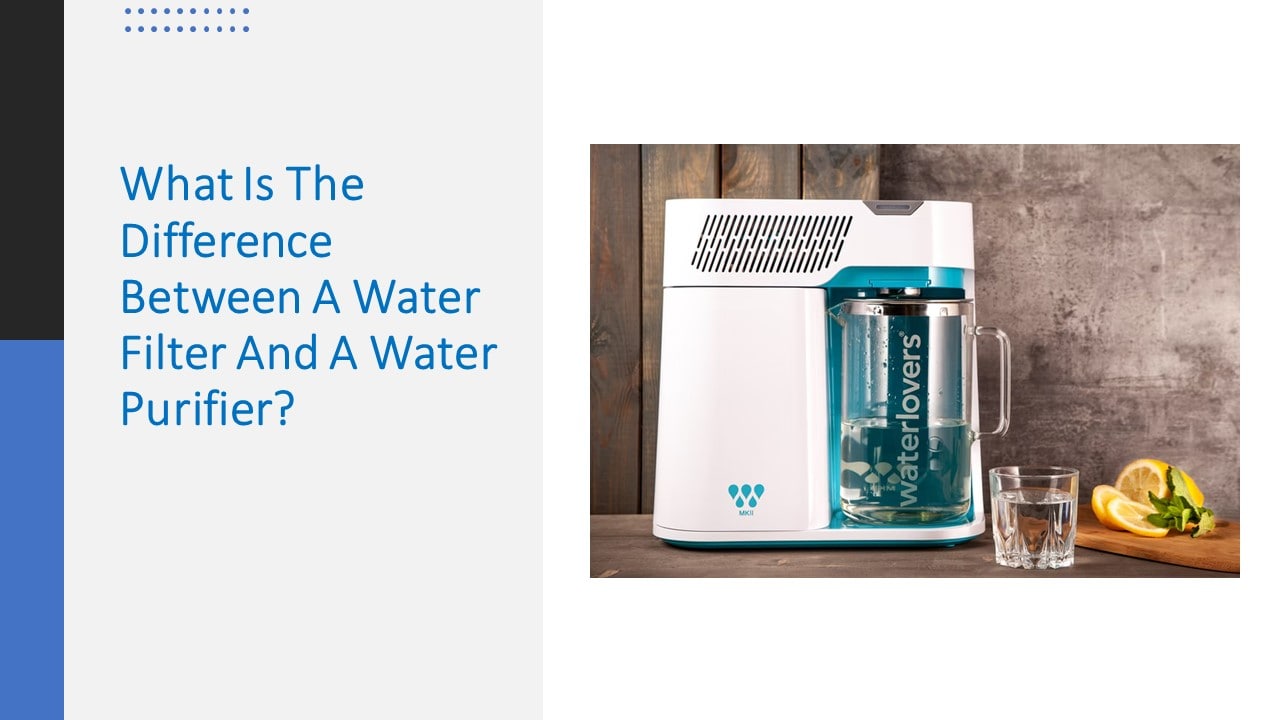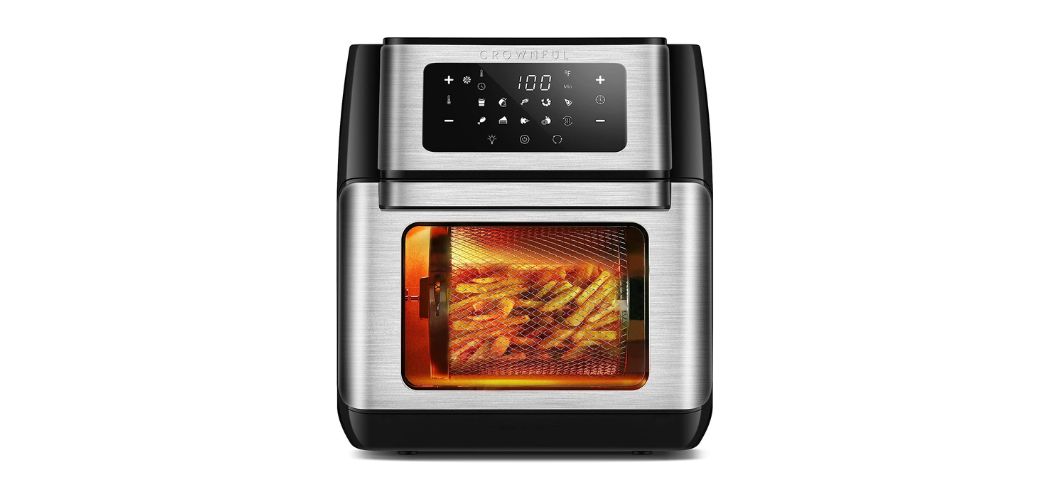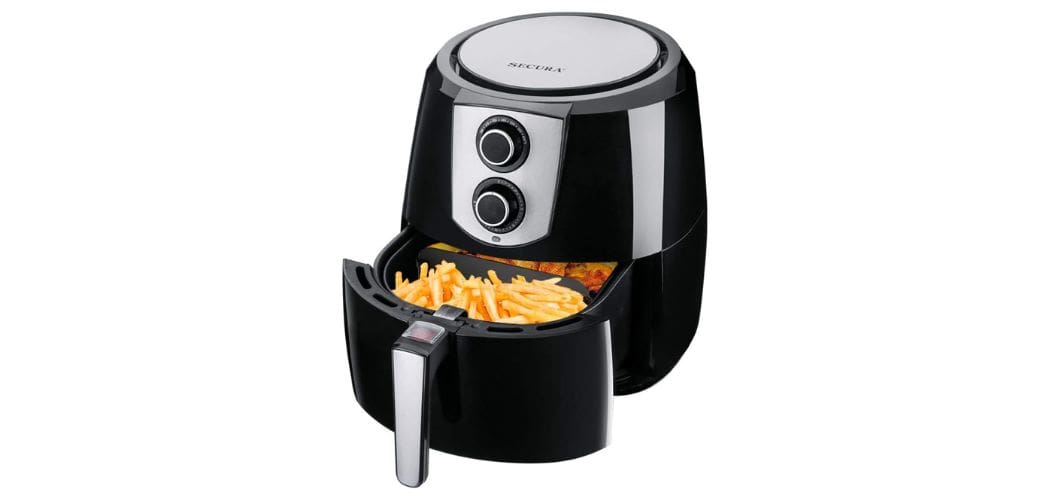You use water for everything, from cooking your favorite meals to scrubbing the dishes and even for drinking. It is wise to ensure that the water you consume is hygienic, pure, and meets water guidelines. However, impurities in water are a common issue.
There are various techniques and approaches to get clean water. But, when you begin exploring solutions for it, you might come across many technical terms. Water filtration and purification systems are the two methods of removing impurities from water.
But what is the difference between the two? Which one will suit your needs more? Read about these two systems and their differences, and then select the product that suits you.
Table of Contents
What Is Filtration?
Filtration is a simple process of eliminating solids from water by passing them through a barrier. This barrier holds the solid particles.
The fluid can be any liquid; here, it’s water. The water you receive after filtering is known as “filtrate.”
This method might be physical, mechanical, or biological. In this process, the filter is the screening barrier. It may be a surface or a depth screen, but it catches solid particles in both cases.

What Is Purification?
Purification eliminates undesirable particles and harmful chemicals from any liquid. To eliminate foreign compounds and impurities, most purifiers utilise a variety of procedures.
Water Filter vs Water Purifier: What’s The Difference?
Meaning:
Filtration is the separation of contaminants from water using structural boundaries or filters. The filter may hold pollutants based on their size and only allow water to flow through.
Most filters use carbon to keep tiny particles out of your drinking water. Water filters may be incredibly successful at keeping freshwater safe and healthy.
This is because most water contaminants are carbon-based. Furthermore, filtering may improve the consistency of drinking water.
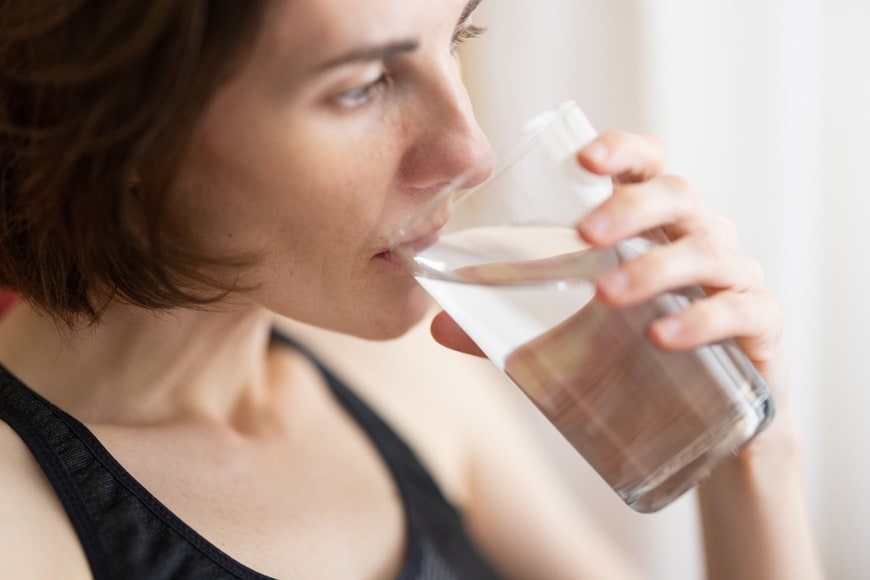
However, water purifiers use chemicals to purify the water. In addition to it, UV treatment, extraction, filtration, and reverse osmosis are all procedures used to purify water.
Function:
Water filters can effectively remove even physical and microbiological particles. It includes bacteria and microbial larvae. They do so because of the capacity of the filters to hold dust, pathogenic bacteria, and other minor physical contaminants.
Water filters are more successful at removing pollutants than other methods. But they are ineffective against chemical contaminants.
The tiny particles, pollutants, bacterial poisons, and viruses can pass through the pores. A few new filtration technologies can filter out these smaller-than-usual contaminants.
Given their size, new purifying methods, and other characteristics, water purifiers can eliminate most toxins. Extraction and UV treatment are effective purification methods.
They can also improve the texture, flavour, and consistency by removing all pollutants. Purification is, in some ways, the best approach to ensure that your water is entirely safe.
Process Of Cleaning:
To collect impurities and keep them from accessing locations like your kitchen sink, water filters use various media. The whole-house filter attaches to the main water line and filters contaminants throughout your home.
Most whole-house filters collect sediment and other particles using a sediment pre-filter. Following that, the water goes through the KDF medium.
It removes certain water-soluble heavy metals and pollutants like chlorine.
The water next passes through the coconut casing-activated charcoal filter.
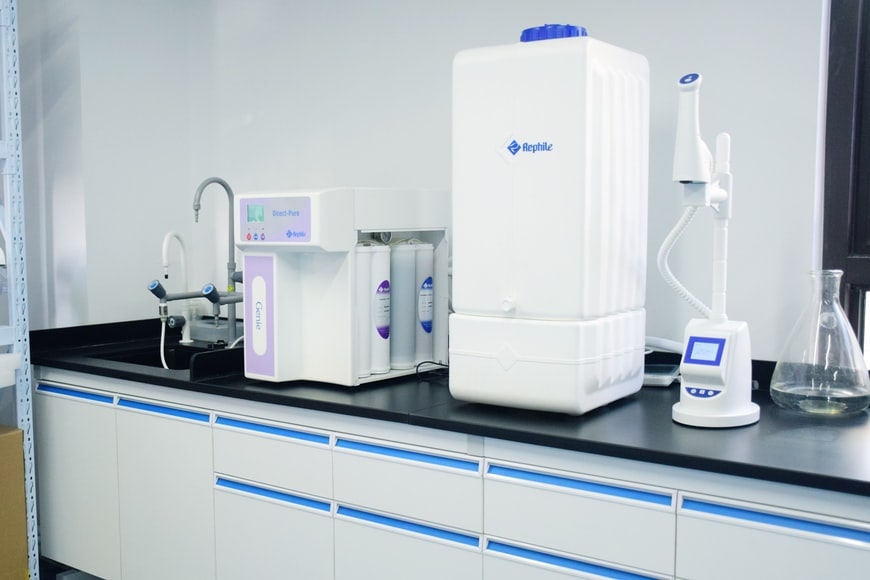
Pesticides, herbicides, PFOA, PFAS, PFOS, hydrofluoric acid, chloramine, chlorine, and other inorganic chemicals present are all removed by this filter. It prevents channeling in the fourth step while increasing contact time.
On the contrary, water purifiers eliminate all harmful germs from the water. Even yet, removing the germs does not guarantee that your water is safe to drink. Dangerous substances such as pesticides and fertilisers could be contaminating drinking water supplies.
Since these substances may cause cancer, they are harmful to your health. Water purifiers, thankfully, employ a variety of ways to remove dangerous chemicals. It includes:
- Treatment with ultraviolet light:
UV technology targets live entities such as cells, viruses, and spores harmless. It destroys their DNA with ultraviolet light.
- Distillation:
Water is transformed into steam by evaporation. Then, it condenses into a liquid in another container in this process. This approach aids in the separation of many compounds and the destruction of viruses and bacteria.
- Deionisation:
This multi-process water treatment system uses an ionic charge. It filters all types of particles.
- Reverse osmosis (RO):
RO functions similarly to a filter, but it doesn’t trap impurities. Instead, this system passes all water droplets through a tiny semi-permeable barrier. It filters out any particles that are too big to enter the system.
Water is purified in four steps by most purifying appliances. The filters remove silt and more prominent pollutants during the first step. Using a carbon filter, it then filters out chloramine and other contaminants.
The system then employs reverse osmosis to remove metals. It can include lead, arsenic, iron, copper, fluoride, and other contaminants. The system completes the cleansing process by removing any remaining impurities.
Quick Comparison Guide:
| Aspect | Water filters | Water purifiers |
| Meaning | Separation of contaminants from water using structural boundaries or filters is water filtration | Removes pollutants from the water that filtering alone cannot remove |
| Function | Remove most of the particulate matter from the water but doesn’t work on soluble substances | Totally cleanses the water from all the pollutants and minerals |
| Process of cleaning | Sedimentation, KDF medium, activated charcoal. | UV, distillation, deionisation, RO purification. |
FAQs
How Clean Must Your Water Be?
If you’re curious about water filtration and purification, you must know how clean drinking water must be. Before deciding on a water treatment procedure, it’s a good idea to test the water.
You need not consume water that is 100 percent pure and devoid of any essential minerals. Just make sure that the water you drink is devoid of potentially dangerous contaminants.
Why Should You Care About The Distinction?
There are various technologies available today. They claim to provide you with safe and clean drinking water. But looking through them is a cumbersome task. You must understand the actual meaning of each technology to determine which ones are real and beneficial for you.
What Exactly Is An RO System?
Reverse osmosis is similar to a filter in that it drives all droplets through a very tiny membrane. It doesn’t employ a contaminant-grabbing medium. By pushing water through these membranes (like the whites of an egg), any particles too large to follow the water’s course filter out.
What Is UV Water Filtration, And How Does It Work?
UV water treatment systems eliminate microorganisms in the water. They do so by exposing them to ultraviolet radiation. UV rays destroy waterborne bacteria and break their DNA, preventing them from reproducing.
UV rays also do not cause any chemical alterations in the water. As a result, UV-purified water is free of dangerous germs and retains its unique flavour.
Is House Filter A Good Investment?
House filters are often built to adjust to your home’s exact needs. You may live in a region where having a UV filter to eliminate germs and pathogens from your water is necessary. A water purifier may be more useful in other areas to avoid scale development in your pipes.
What’s The Verdict?
Filters and purifiers, in fact, have their own advantages. The essential thing is to pick a system that is appropriate for your location and demands. Make sure you know what kind of water is available in your area.
It helps you choose a filter or purification system that will solve any issues you may face.
Some waters contain specific contaminants that must be eliminated. In this case, you need to establish a system that will handle this task.
Water purifiers eliminate all impurities from your water, which might be beneficial if you have severe water issues.
But it can be harmful to your health since it removes vital nutrients from the water.
Calcium, magnesium, sodium, iron, and other minerals are vital to the human body.
Hence, water should include a minimum amount of these elements.
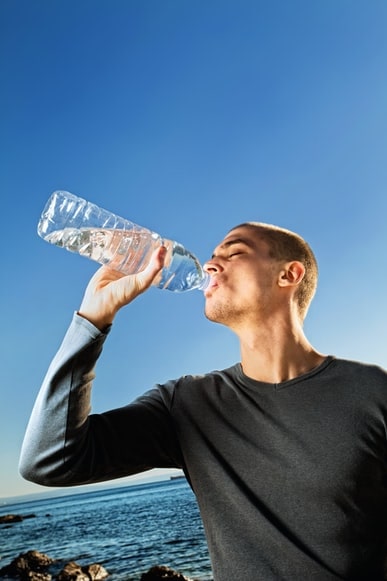
Consequently, you must use a water purification system with a reverse osmosis technique along with a water filtering system for the best results. With this, you can be confident that the water you get is safe to drink and cook with.
Remember that drinking safe and clean water is crucial for healthy living!

